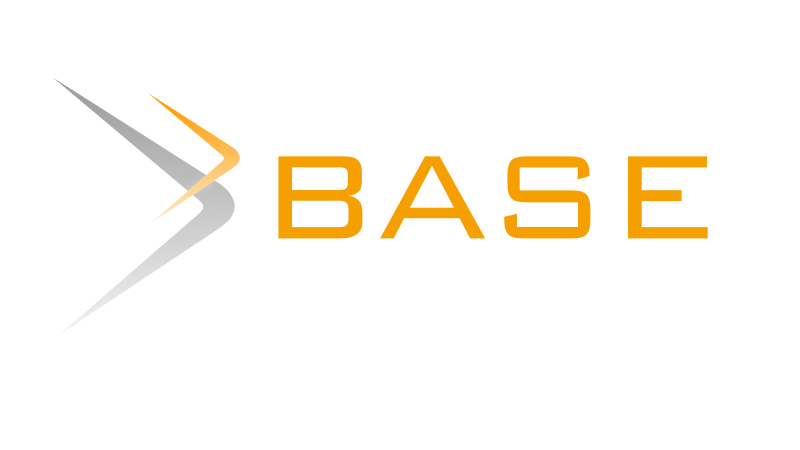International Journal of Contemporary Research In Multidisciplinary, 2025;4(4):396-399
Clinical Outcomes and Prognostic Factors in Cranio-Cerebral Gunshot Wounds
Author Name: Walizada Samsoor; Hadi Naqeebullah; Sherzad Farhad; Hadi Saifullah;
Abstract
Cranio-cerebral wounds by gunshots (CCGW) represent most severe form of missile injury to the brain, often leading to devastating outcomes. In this retrospective analysis, we examined and contrasted the clinical outcomes of ten cases of CCGW, aiming to identify predictive factors and treatment strategies associated with patient prognosis. Ten individuals (8 male, 2 female), aged 22 to 65, diagnosed with CCGW between 2018 and 2019 due to unintentional discharge or military combat, were included in the study. Initial assessment upon admission utilized the Glasgow Coma Scale (GCS), with subsequent surgical interventions following comprehensive diagnostic evaluations including imaging modalities (X-ray skull, brain CT, Angio-CT), and assessment of neurosurgical and hemodynamically, and mental status. Our findings revealed predictive factors indicative of poor outcomes, including over age, poor transportation due to the lack of vehicles and damage roads, low glas Gow coma scale in admission, multiple brain damage observed on CT scans, and trajectories inflicted by gun bullets fired with high-speed velocity with nearby to the victims, often resulting in hemispheric, multilabor injuries with brain stem and ventricular involvement. Despite aggressive critical care interventions, including surgical treatments, mortality rates remained high, particularly in cases presenting with significant ventricular damage, brain injuries, and lateral plane high-speed bullet trajectories. However, patients with higher admission CGS scores showed improved survival rates. In conclusion, CCGW represents the most severe form of missile-induced brain injury, characterized by high mortality and morbidity rates. While aggressive critical care interventions combined with early management and meticulous neurosurgical approaches have contributed to reduced mortality and morbidity, primary prevention remains paramount in mitigating these devastating injuries.
Keywords
Traumatic brain injury; Neuro trauma; Management; Prognosis; Outcome, GCS.


